I recently visited the famous Drum Tower (鼓楼, Gulou) in Beijing, China. I was surprised to learn that it was also a clock, or at least a timekeeper. The tower, which faces its Bell Tower counterpart, was originally built when Kublai Khan was Emperor of China during the Yuan Dynasty (13th century). Originally used as a musical center, it later became a way for the reigning government to announce the time. The two towers maintained this official role up until 1924, when western style clockwork was adopted to keep time.
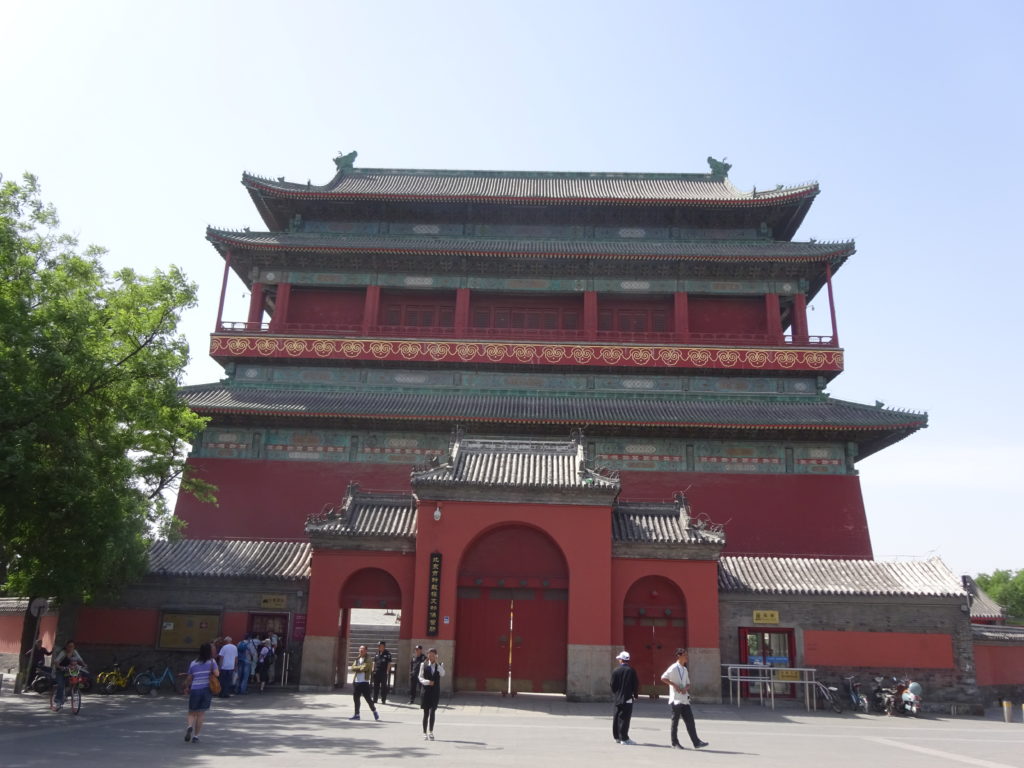
Climbing the long, steep stairway to the top gets you into the main room, one side of which holds a line of humongous drums. The one remaining original drum (of 25) sits to one side, its calfskin head slashed during the Eight Power Allied Forces’ invasion in 1900. We’re here to see the demonstration of the drums. While we wait we take in the panoramic view of Beijing from the outside walkway high above the streets.
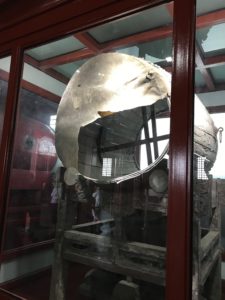
We also check out the displays of ancient timekeeping equipment. With our modern astronomically-linked smart phones and digital watches, it is interesting to see that much of time was monitored through the burning of incense and candles. Others used water or metal balls.
In one timepiece called a Bronze Kelou, time is measured by the flow of water through four copper clepsydras. A mechanical device would trigger the attached God of Cymbals to strike his cymbals together eight times for each quarter hour. Another timepiece called a Beilou contained several metal balls that would roll along copper pipe in a 2 meter tall cabinet. A ball would clang a cymbal every 24 seconds, thus it would take 14.4 minutes (an ancient quarter) for 36 metal balls to complete a cycle. It would take 24 hours for 3,600 metal balls to complete rolling, which gave relatively accurate time measurement.
It’s time. Four drummers march in and line up in front of the huge drums. They pound with such brute force it’s hard to imagine the drum heads lasting for very long. After only a few minutes you start to realize the power and strength of the drummers. Check out the video below.
After the demonstration we slowly descend the stairs, which somehow seem steeper going down than going up. This won’t be the last stairs – the even taller Bell Tower is next!
Meanwhile, check out my Goodreads author page. While you’re at it, “Like” my Facebook author page for more updates!
David J. Kent is the author of Lincoln: The Man Who Saved America, scheduled for release in summer 2017. His previous books include Tesla: The Wizard of Electricity and Edison: The Inventor of the Modern World (both Fall River Press). He has also written two e-books: Nikola Tesla: Renewable Energy Ahead of Its Time and Abraham Lincoln and Nikola Tesla: Connected by Fate.
Follow me by subscribing by email on the home page. And feel free to “Like” my Facebook author’s page and connect on LinkedIn. Share with your friends using the buttons below.



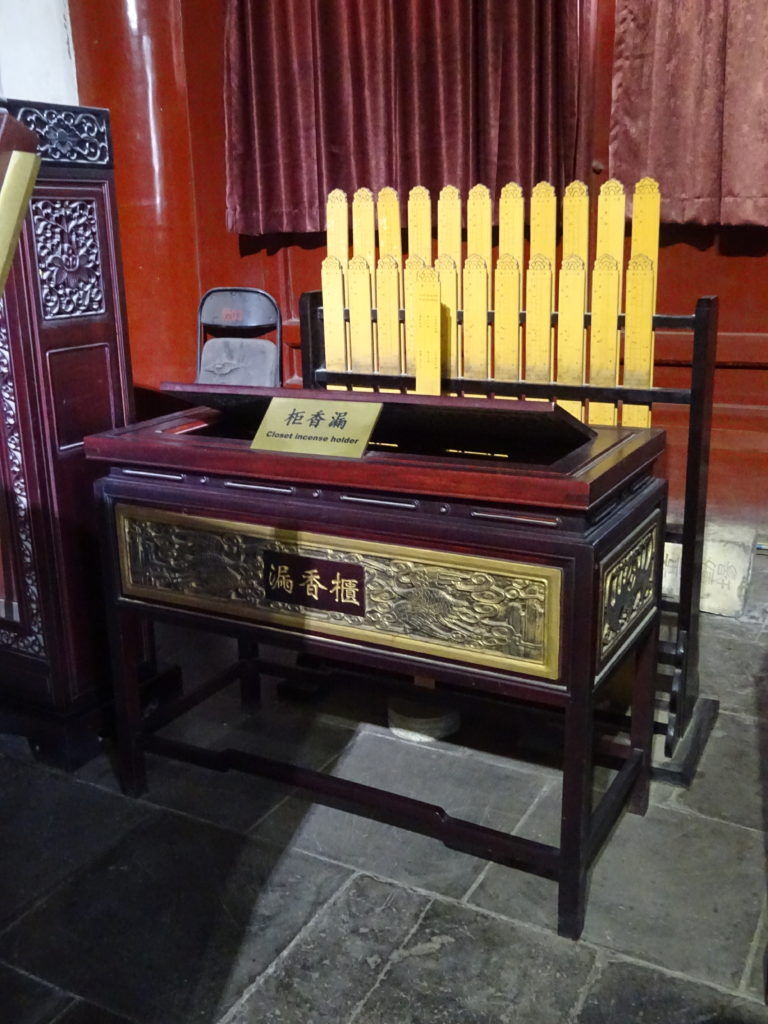
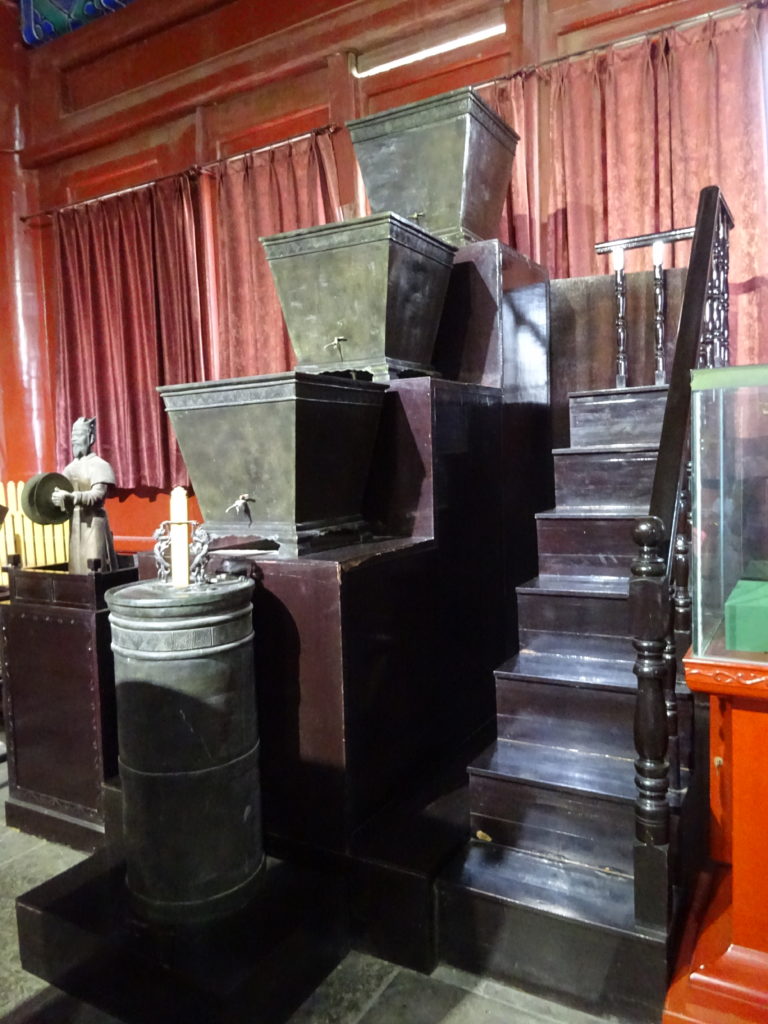
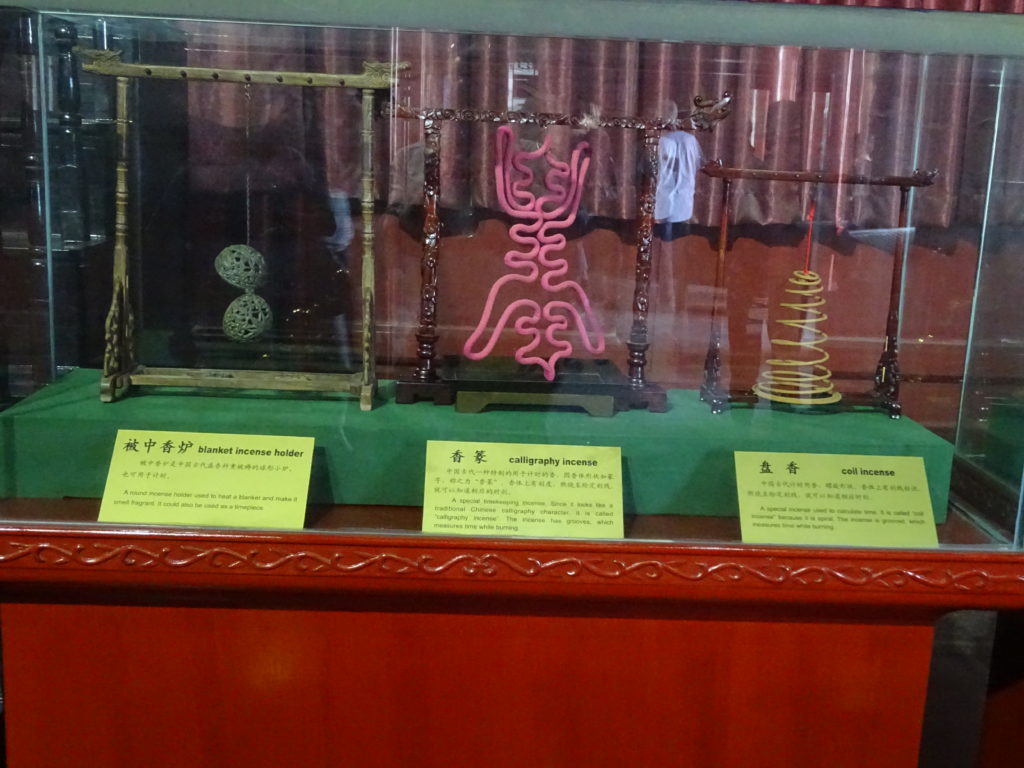
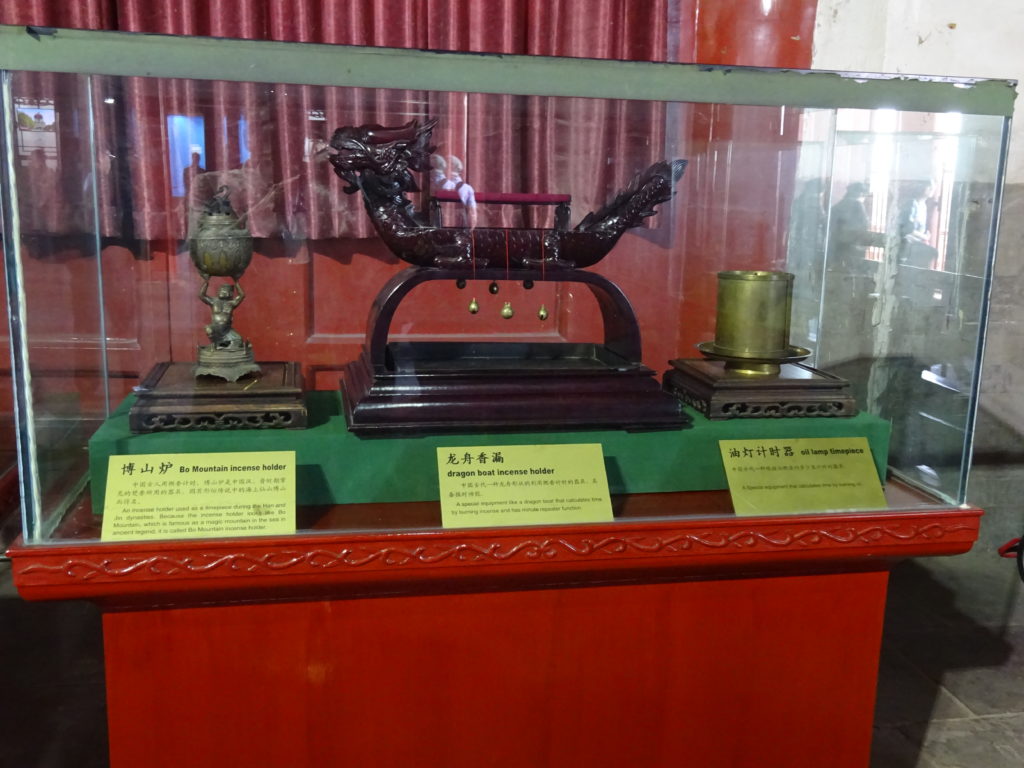
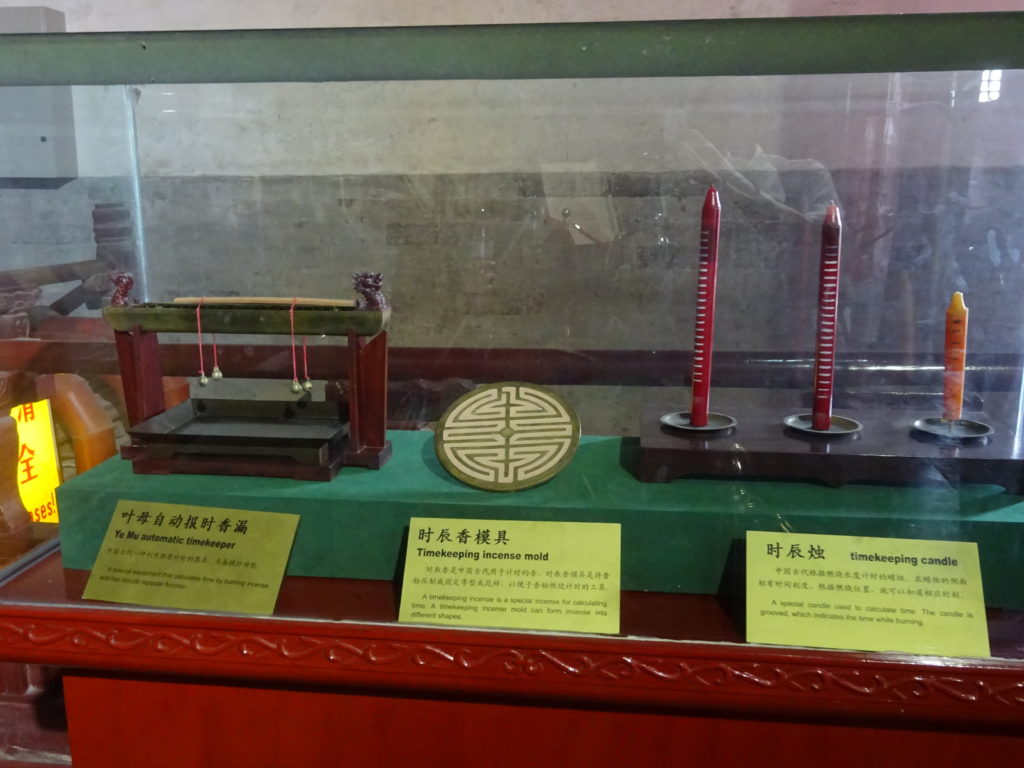








Very cool!!
I think so.
Very interesting. Quite similar to Japanese “kumi nagado-odaiko” (large, nagado-style drum performances). But I’ve never heard of them being used in time-keeping.
There were several displays of the other timekeeping methods in addition to the drums. I had never heard of this before. The other tower, the Bell Tower, was also used to keep time.
Most interesting!
i agree!